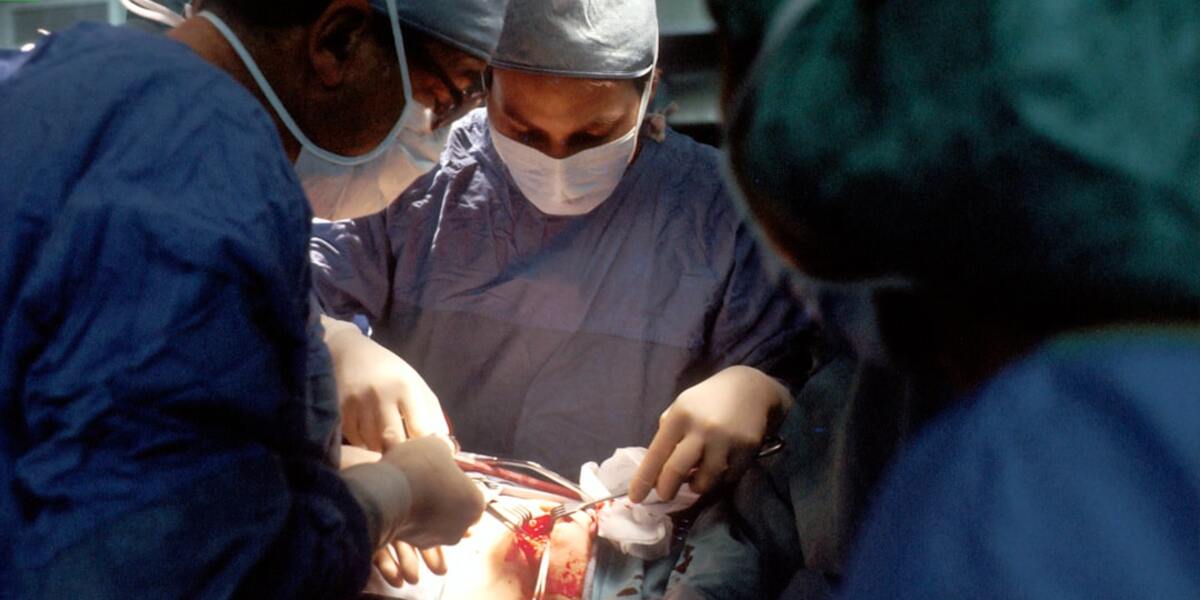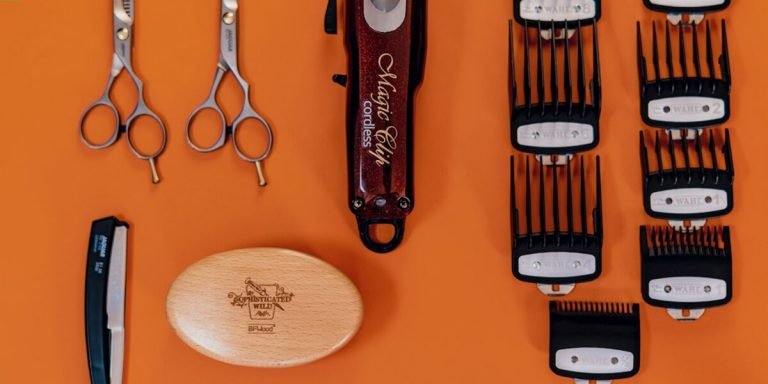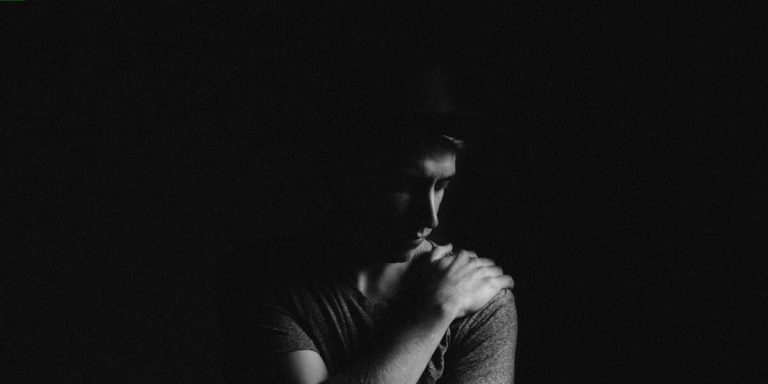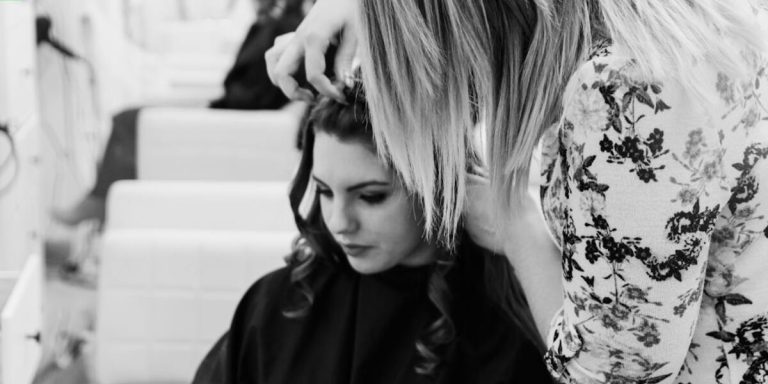Does Laser Treatment Work for Hair Loss? Unveiling the Truth Behind This Modern Solution
Hair loss often diminish a person’s confidence, affecting millions worldwide. People have sought various solutions to this problem. Laser therapy stands out as one such solution.
Known as Low-Level Laser Therapy (LLLT), it has sparked interesting debates among specialists and patients with its claims of stimulating hair growth. However, everyone is asking, “Does laser treatment work for hair loss?”
Delving into this modern solution, we’ll dissect reliable scientific studies and expert opinions to help settle your curiosity or doubts about these treatments’ effectiveness. Understanding whether such an invention does legitimize its claims is vital before committing time, money, and optimism into what may offer you a beacon of hope towards restoring your crowning glory.
Did you know?
In a 2013 study published in the Journal of Clinical and Aesthetic Dermatology, low-level laser therapy was found to increase hair count by an impressive average of 39.2% amongst participants suffering from hair loss.
Understanding Laser Hair Loss Treatments: Efficacy and Mechanisms
The core mechanism driving laser treatments involves low-level light therapy (LLLT). It works by stimulating cellular activity within your scalp to promote hair growth. Hair follicles that are weakened or dormant receive this enhanced energy through unique wavelengths emitted from lasers, inducing an accelerated regrowth cycle.
Despite its growing popularity, a critical question still begs resolution: “Does laser treatment work for hair loss?” A straightforward answer can be elusive due to varying individual experiences and scientific studies’ mixed results conducted throughout 2023. However, most research suggests that LLLT holds potential efficacy against patterned baldness when consistently used alongside conventional remedies such as minoxidil or finasteride—painting an optimistic picture overall.
So while not every patient might observe miraculous changes overnight post-laser sessions – there’s enough evidence suggesting significant improvements seen over time especially if started early on during the onset of hair fall symptoms – confirming it as a viable weapon in our ongoing battle against hair loss woes.
Exploring How Laser Therapy Stimulates Hair Growth
Laser therapy for hair loss, widely recognized as Low-Level Laser Therapy (LLLT), works on a principle known as photo biotherapy. This process involves photons penetrating into tissue cells and stimulating cell restoration by triggering increased ATP production – essentially acting like ‘fuel’ for the cells.
The procedure begins with exposing your scalp to low levels of laser light. Contrary to common misconceptions, these lasers do not bring discomfort or heat. Science has shown that when our scalps interact with this specific wavelength of light energy, it stimulates blood flow in the region treated which encourages new growth and enhances overall hair quality.
Studies conducted over recent years have affirmed LLLT’s efficacy in treating genetic hair loss conditions such as Androgenetic Alopecia – more commonly referred to as male or female pattern baldness; demonstrating an increase of up to 39% in healthy hair density following treatment.
A significant study published back in 2019 examined participants who underwent laser therapy bi-weekly across several months and confirmed encouraging results: about two-thirds observed notable improvements concerning their level of visible alopecia symptoms compared with those untreated individuals from control groups.
Evaluating Clinical Studies on Laser Treatment Success Rates
Clinical trials on laser hair loss treatments have emerged as a valuable resource for assessing the success rates of these methodologies. These studies offer empirical evidence that helps satisfy critical inquiries concerning their efficacy, especially in terms of whether does laser treatment work for hair loss.
To begin with, numerous reputable clinical trials mirror substantial improvement in both men and women who underwent Low-Level Laser Therapy (LLLT). A study published by the National Institute of Health verifies this observation. In their research involving 679 patients suffering from pattern baldness, 85% reported an increase in hair count after continuous LLLT sessions over several months.
Moreover, another scientific review based on five controlled clinical trials demonstrated positive outcomes associated with LLLT usage. Outcomes included significant reductions in hair fall rate post-treatment compared to pre-treatment conditions across participant groups irrespective of gender or age distribution.
Furthermore, it’s worth noting that no severe side effects were reported during any conducted trial pertaining to LLLT application—highlighting its safety alongside beneficial properties against pattern baldness.
The American Journal of Clinical Dermatology also provided fruitful insights into understanding this mechanism behind lasers even further. It stated that photobiomodulation is the principle underlying successful restoration through low-level light technology—the process promotes cellular respiration and metabolism within follicles which eventually aids faster growth cycles as well as healthier strand quality due to improved circulation at root levels.
Different Types of Laser Treatments for Hair Loss
In recent years, the field of hair loss treatments has seen significant advances. Laser treatment for hair loss is one such innovative solution that has been gaining popularity. It’s a non-invasive therapy that leverages low-level laser light to stimulate cellular activity in your scalp and encourages new growth by promoting blood flow to your follicles.
There are different types of laser treatments available on the market today such as handheld comb-like devices, helmet or cap-based systems, and professional-grade machines used at clinics. Handheld devices are gentle tools designed for home use with lower power output but require patience due to manual operation; these could be ideal if you prefer controlling the process yourself while relaxing at home.
On the other hand, helmet or cap-based systems provide full coverage and automatic operation – an excellent choice for those looking for convenience without compromising efficiency. Meanwhile, professional-grade machines which typically have high power output can deliver optimal results under controlled conditions in clinics conducted by well-trained professionals ensuring safety standards are met -these could suit individuals seeking quick results despite a higher cost involved.
Comparing Low-Level Laser Therapy (LLLT) Devices
Low-Level Laser Therapy (LLLT) is a form of hair loss treatment that has generated significant interest over recent years. It’s especially known for its non-invasive approach and promising results in slowing down hair thinning while stimulating growth. In answering the question, “does laser treatment work for hair loss?” it’s crucial to delve into the different types of LLLT devices available on the market.
Handheld combs and brushes are perhaps some of more recognized forms of home-use LLLT devices. With their user-friendly design resonating with an ordinary comb or brush, they certainly score high on convenience. However, these models require manual operation which means you need to invest time using them regularly as per manufacturers’ instructions.
On the other hand, we have helmet-style LLLT devices – another popular choice among consumers tackling hair loss issues at home. These gadgets offer full scalp coverage ensuring light energy distribution to larger areas simultaneously but may fall short when it comes to portability compared to handheld designs – something worth bearing aspirationally if frequent travel constitutes part of your lifestyle schedule.
Cap variants utilize similar technology like helmets offering good exposure across all regions prone to baldness yet edge out slightly due their compact nature making them even easier for transportation purposes than helmets and almost matching up handheld versions in this aspect.
Analyzing In-Clinic vs. At-Home Laser Treatment Solutions
With the advent of technology, we’re seeing a rise in innovative treatments for hair loss. One such treatment that’s making waves is laser therapy. So, how well does it work?
This section delves into analyzing two primary forms – In-Clinic vs At-Home Laser Treatments.
In-clinic laser treatments are often preferred by individuals willing to invest time and money to stop their hair thinning worries. These require frequent visits to professionals who use high-end medical-grade machinery for administering sessions. Studies have noted that these procedures can stimulate blood flow around hair follicles helping improve growth patterns over time resulting in thicker and healthier strands.
In contrast, at-home solutions provide convenience with flexibility of timing but involve lower intensity lasers which may take longer periods before noticeable results are seen post-treatment initiation.
Still wondering whether laser treatment works effectively against battling falling locks?
Research suggests yes! Both in-house clinics and home-based machines offer notable relief from constant fallouts when used diligently following instruction manuals provided or suggested professional guidelines respectively.
However; though impressive findings support this argument evident through increased strand volume users report after consistent usage even extending beyond 6 months they must not be viewed as an immediate solution cure-all approach towards significant regrowth issues since visible changes usually vary depending on individual conditions ranging between moderate improvements till virtually no change hence patient perseverance plays important role here!
Complementary Strategies to Enhance the Effectiveness of Laser Treatment
Laser treatment for hair loss, known scientifically as Low-Level Laser Therapy or LLLT, has emerged as a popular method in the recent few years. Given its non-invasive nature and encouraging results reported by many users worldwide, it’s understandable why this approach is gaining traction among both professionals and individuals suffering from hair loss. However, like any other therapy aimed at reversing or slowing down balding patterns, laser treatment may not be wholly effective on its own.
Combining laser treatments with other proven strategies can significantly enhance their overall effectiveness. Considered to be complementary methods alongside LLLT include maintaining a balanced diet rich in essential nutrients that support healthy follicular growth such as proteins and vitamins A,C,E,and B complex group; specifically Biotin which plays an integral role in promoting regrowth of lost strands.
Moreover, vigorously massaging your scalp daily serves two purposes:
- Improves blood circulation, supplying more nutrition to hair roots.
- Helps evenly spread topical solutions if used as part of a hair loss treatment regimen.
Furthermore, adopting lifestyle modifications can also benefit hair growth. For instance:
- Quit smoking to improve circulation and ensure follicles receive the nourishment needed for robust growth.
These changes can enhance the outcomes when using lasers for hair loss.
Assessing the Impact of Nutritional Supplements Alongside LLLT
Nutritional supplements have long been a cornerstone in the battle against balding. They furnish essential nutrients that foster scalp health and bolster hair growth.
When paired with LLLT, these effects seem magnified; let’s delve into why this tandem could be your secret weapon against alopecia.
Firstly, it’s important to comprehend how LLLT works. It employs low-frequency light lasers which stimulate cellular activity within follicles facing dormancy or damage due to genetic conditions like pattern baldness or environmental stressors such as chemical exposure and excessive heat styling.
By enhancing cell productivity, more hairs get triggered into the active growth phase—solving half of our riddle on whether laser treatment works for lost strands!
Next up: Nutritional Supplements! These consist mainly of vitamins – A, C & E– crucial minerals like Iron & Zinc plus Omega-3 fatty acids typically derived from fish oils. Each plays its exclusive role in fortifying roots while adding vitality and resilience needed against wear-and-tear caused by external factors including pollution levels rampant as per 2023 studies.
Integrating Scalp Health and Proper Care with Laser Regimens
Laser treatment is making waves in the hair loss solutions arena, boasting promising results for many. However, as with any treatment, it’s crucial to optimize your routine to maximize these benefits. Incorporating scalp health and proper care into existing laser regimens can do just that.
Let’s explore how exactly you should integrate scalp health and maintenance practices alongside laser therapy.
1) Regular Scalp Cleansing: Dust particles or an oily environment might stunt the effects of effective lasers on hair follicles by creating a physical barrier against light penetration. Hence, regular gentle cleansing becomes necessary before each session so ensure your scalp is ready for optimal absorption.
2) Healthy Nutrition Intake: Nutrients rich in iron like spinach or proteins obtained from lean meat provide critical vitamins supporting healthier follicle growth post-laser treatments. A healthy diet could support overall wellness while enhancing internal conditions conducive to better hair re-growth.
3) Stress Management Techniques: Chronic stress often contributes significantly towards worsening alopecia symptoms. Coupling meditation techniques or yoga along with consistent laser interventions can help control hormonal balances causing excessive hair fall due to stress-related issues apart from improving blood flow leading more nutrients toward the roots.
4) Maintaining Adequate Hydration Levels – Considering human hairs comprise around one-quarter water content after keratin protein compounds calls upon adequate hydration levels aiding fuller-looking shiny locks even as new strands begin their journey sprouting up following successful lasers therapies directed at stimulating dormant subcutaneous structures responsible behind active strand development cycles.
Conclusion
So, your burning question: does laser treatment work for hair loss? The answer is a resounding yes. It might not be the magic potion to instantaneous regrowth but with consistent use and patience, it’s definitely worth considering alongside other treatments.
Feel free to explore our website further on this topic or any other queries related to “Hair Loss Treatments”. We continually strive to provide well-researched information that empowers you in managing such issues effectively. There’s always more we can learn together.







